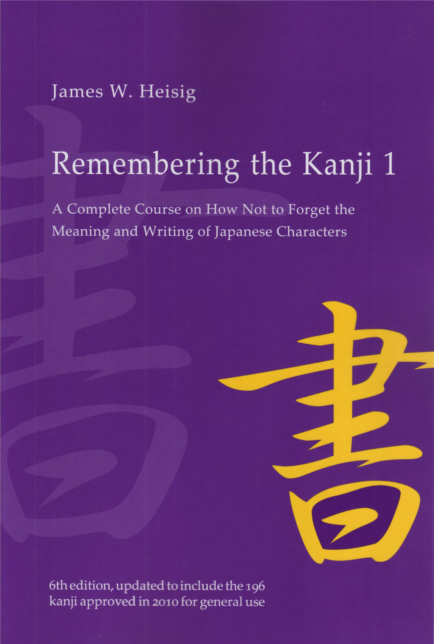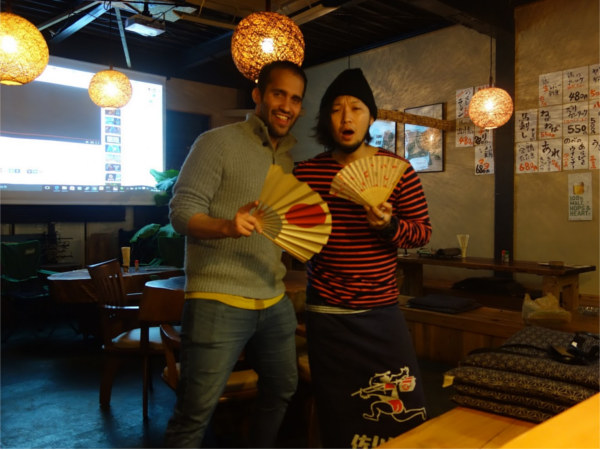4 Japanese Learning Goals for 2017
My 4 Japanese Learning goals for 2017. Following the 80/20 principle, I will focus on these four goals to get my Japanese to the next level.
2017年01月25日 - 4 minutes read
By Gabriel J. Pérez Irizarry
Posted in My Japanese Journey
1. Finish studying Tobira
In 2016 I started seriously studying an intermediate level Japanese textbook called 上級へのとびら. This book is commonly called Tobira and its full English title is Tobira: Gateway To Avanced Japanese. In late 2015 I had done some initial work on it, but very little to count for any significant progress. In all of 2016 I managed to cover six of the chapters of Tobira with my Japanese teacher, 絵理子先生. The book has a total of 15 chapters so if I work somewhat faster than last year, I should be able to finish this texbook by the end of the year.
Why this goal?
After finishing Tobira I should be able to pass the JLPT N3 without much effort and should put me on track to take the JLPT N2. Furthermore it will greatly expand my vocabulary and improve my reading skills significanlty.
I have found that many people do not enjoy working through textbooks, because they find them dry and boring. Also, the practice excercises can get repetitive. Yet, I enjoy working with textbooks because they give me a sense of progress and achievement that I can not get with other kinds of materials. With a textbook I can easily measure progress, but when I study native materials exclusively sometimes I wonder if I am just spinning the wheels.
How can I achieve this goal?
To achieve this goal I need to cover each of the remaining chapters in under five weeks.
2. Finish studying Heisig's Remembering the Kanji
 Heisig is supposed to be something one finishes studying in a couple of months, but I have already spent almost three years on it and I am still at about 60% completion. Part of the reason it has taken me so long is because I am spending a lot of time practicing writing every single kanji by hand. Also, against Heisig's recommendations, I have never dedicated myself solely to studying this book. I have always been studying it in parallel to my other Japanese studies. I usually do about thirty minutes practice with Anki, so I can not add many new cards or they simply do not stick in my mind with the number of small number of daily reviews I am doing.
Heisig is supposed to be something one finishes studying in a couple of months, but I have already spent almost three years on it and I am still at about 60% completion. Part of the reason it has taken me so long is because I am spending a lot of time practicing writing every single kanji by hand. Also, against Heisig's recommendations, I have never dedicated myself solely to studying this book. I have always been studying it in parallel to my other Japanese studies. I usually do about thirty minutes practice with Anki, so I can not add many new cards or they simply do not stick in my mind with the number of small number of daily reviews I am doing.
Why this goal?
I have often questioned myself if studying Heisig's at this pace and writing everything by hand with correct stroke orders and endings is worth it. But I enjoy being able to write Japanese by hand, and this is the only method that has allowed me to learn to write kanji fluently without forgetting, so I have kept going at it. Furthermore, this is the sunk cost fallacy, but I still don't want to lose all the hardwork I have already put into this.
After finishing studying Heisig's Remembering the Kanji, I will be able to write all of the 常用漢字 by hand. More importantly I will be able to indentify all of the kanji in this book, which will put me on a fast track to learn Kanji readings by just simply reading and watching media with subtitles.
How can I achieve this goal?
I have 852 kaji left to study. By studying just three kanji a day I am good to go with this goal.
3. Finish Chrono Trigger in Japanese

Why this goal?
I want to start diving more into native materials and I love JRPGs and this is one of the best of the genre. Also, I remember how video games helped me learn English when I was young, so I want to experiment with replicating that with Japanese.
How can I achieve this goal?
Just by playing a few times a week should be enough. The game is not very long and I have already spent a good number of hours on this. A bigger challenge than time, is that I need to figure out out how to actually learn from this game. Without any kind of reviewing and formal studying I don't think I will get much out of it. I expect to be able to use Koipun Reader to help me in this area, once I finish the import text feature.
4. Spend more time chatting on the phone and on Skype with my Japanese friends

Why this goal?
I miss my friends. Also, while simply speaking with them, I naturally get to practice.
How can I achieve this goal?
I will schedule more time to spend talking with friends, instead of relying on spontainiaty. I will phone/skype of one of them at least once a week.



